What the feck? Really? Is it not enough we had to put up with 823 long years of oppression at the hands of the Brits but now, 123 years after independence, we’re subjected to this bilious dose of Paddywhackery?
We’ve been trying so hard to forget where we came from; trying hard to persuade the world to forget; to believe there was never a time when Ireland didn’t boast the highest GDP per capita in the EU. (Okay, so Luxembourg is a tad higher but that’s not a real country. Of course, most of Ireland’s GDP belongs to the Americans but, hey, the important thing is we’re squillions richer than the Brits.)
So what if the housing shortage means most 40-year-olds are still living with their parents and if grim health services mean deathly-long hospital waiting lists. According to all the official stats Ireland is one of the richest countries in the world. Of course, it also happens to be one of the most expensive to live in. So we must be great, right?
Ireland joined the Common Market (later to become the EU) in 1973 largely to put some distance between itself and its history. There was also the hope the pervasive Paddywhackery would eventually stop.
For those unfamiliar with the term, Paddywhackery is defined as “a stereotyped portrayal of Irish people as garrulous, unreliable and alcoholic”. There was a time when Irish people themselves played up this stereotype, as is often the case with insecure people. But it’s not really the image Irish Catholics aspire to.
Of course, membership of the EU had the added advantage of giving the Irish government, successive iterations of which had proved depressingly incompetent, the opportunity to shed the burden of independence.
You see, by the 1970s – a mere 50 years after finally getting rid of the Brits (at least in 26 of the country’s 32 counties) – it was apparent independence wasn’t the wonderful gig expected: troubling levels of unemployment, massive amounts of emigration and lots of poverty. We don’t need to talk about the additional psychological damage wreaked by a post-independence unrestrained Catholic Church.
Finally, by the late 90s, it seemed the world was cutting us some slack. Mention of Ireland no longer prompted talk of bombs, beer and leprechauns. Now we had U2 and Michael Flatley. Mind you that the former were Dublin Protestants and the latter an American suggested Irish Catholics were still in post-traumatic stress mode.
But by the turn of the 21st century Ireland was riding high on the back of the Celtic tiger, and Irish citizens gadded about the globe – no longer as poor emigrants in search of work but now as rich tourists in search of fun – getting used to being the world’s nouveau riche.
No sign of Paddywhackery as far as the eye could see.
Sadly, before you could say collateralised debt obligations, the global financial crisis hit and Ireland slid off the tiger slap bang into the middle of the PIIGS (Portugal, Italy, Ireland, Greece, Spain).
However, it turns out, once they’d got the whiff of massive wealth there was no keeping the Irish back. The government promptly pivoted to a sort of tax piracy growth model, which proved to be hugely popular with the world’s largest multinationals, whose tax bills were reduced to infinitesimal sums. Remarkably, there was no talk of Ireland being slapped onto a grey or blacklist.
Where is all this blathering leading, you ask.
Well, if you must know, it’s leading to The House of Guinness. That’s the Netflix series that is “inspired by true stories”. What does that even mean? Of course it doesn’t have to mean anything. It’s a useful device to shelter Netflix from outraged Irish Catholics whining about eight unadulterated hours of Paddywhackery.
And it wasn’t just the Paddywhackery, which plumbed levels last seen in the dark 1960s – the whole production was an assault on sense and reason. Did anyone else keep expecting James Norton, who plays the menacing foreman Sean Rafferty, to break into song and dance? (Perhaps because there was the feeble plot and dialogue so often associated with musicals – except Sound of Music.)
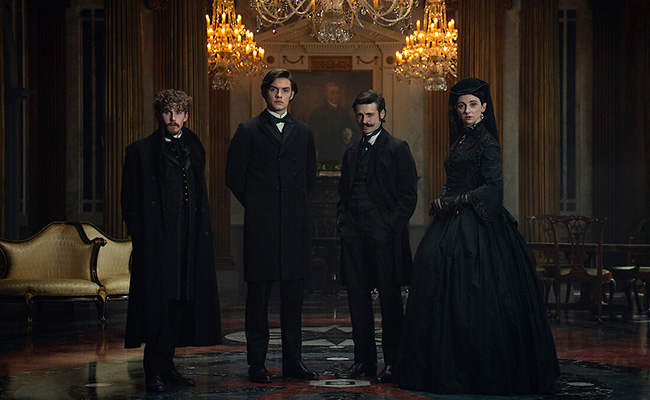
Not all beer and skittles
There’s good reason why few Irish people enjoyed this bilge. Though only 70% or so currently identify as Catholic, more than 90% are of Catholic heritage. So, did you happen to notice that while the ruling Protestant class – personified by the Guinnesses – seemed largely obnoxious, they were granted a certain elegance. Not so the Catholics, who appear on screen as beer-soaked, violent, feckless Fenians, entirely focused on pointlessly plotting rebellion. Worse still, they all wore green and most had red hair. Even the bastard son of Benjamin Guinness – 50% Protestant no less – was made to look like a half-crazed leprechaun or something out of Lord of the Rings.
It was the very definition of Paddywhackery.
And, without wanting to be picky about historical accuracy – particularly as Netflix states it has no interest in this – it does need to be pointed out that from the early 19th century until well into the 20th century, Guinness was Ireland’s single largest employer.
This and the fact it was a progressive employer ensured it was not the object of Fenian or any other sort of protest. Let’s not forget the important fact that Guinness was hugely popular among the Catholic class; protest would inevitably disrupt production, which wouldn’t go down well with the drinking public.
While the family’s philanthropy gets much exposure, what tends to be left unsaid was the very dark anti-Catholic side of the clan (seemingly shared by Steven Knight, the creator of this series). While they were decent employers, during the famine of 1845 – when 1-million Catholics died of starvation – the brewery continued to export huge quantities of Guinness, which was essentially liquid bread.
Not that the family didn’t notice there was a famine ravaging much of Ireland. It took advantage of famine-induced destitution to buy up plots of land across the country.
This anti-Catholic stance did not end with independence in 1922. Remarkably, Guinness did not employ Catholics in management until the 1960s – that’s 40 years after independence and around the time the family withdrew from management. You have to wonder how the Irish government tolerated that.
It feels a little humourless and snowflakey to be so irked by a Netflix series. Maybe 123 years later it’s still too soon for the Irish to be able to embrace this supremely offensive stereotype.
But there’s also the issue of the utter laziness of the creators to assume these very old stereotypes will work in the 21st century by simply slapping on a sticker stating, “inspired by true stories”.
All in all, from a Catholic Irish perspective, it might have been better to have called it Brewery Brothers and set it in Iceland. It would have spared us the Paddywhackery and they could still have filmed it in Liverpool and used people with strange accents.
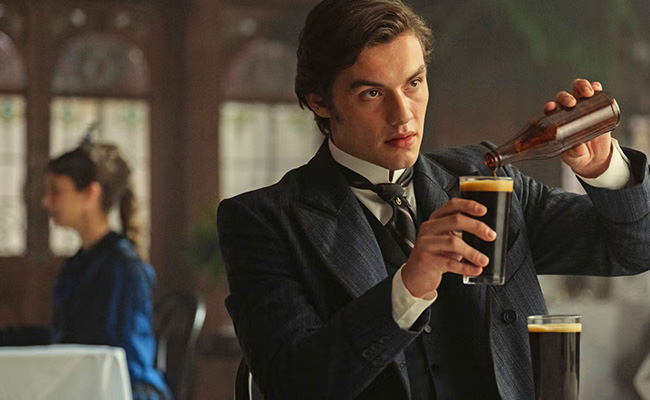
Sign up to Currency’s weekly newsletters to receive your own bulletin of weekday news and weekend treats. Register here.



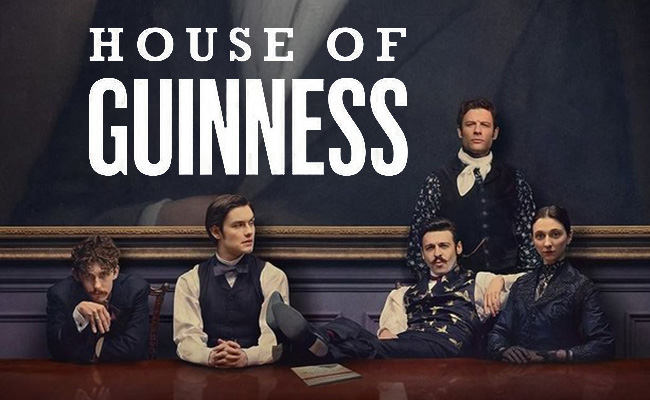
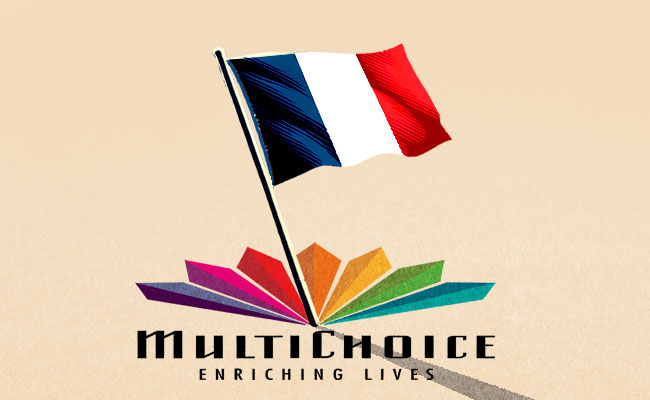
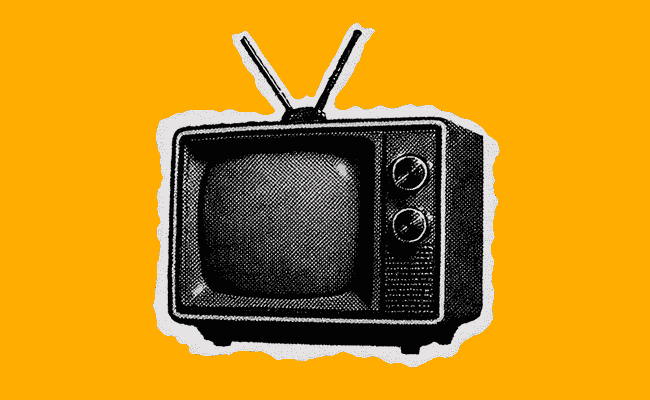
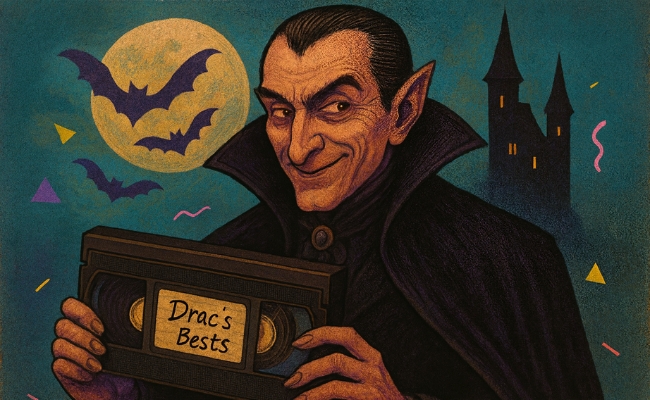
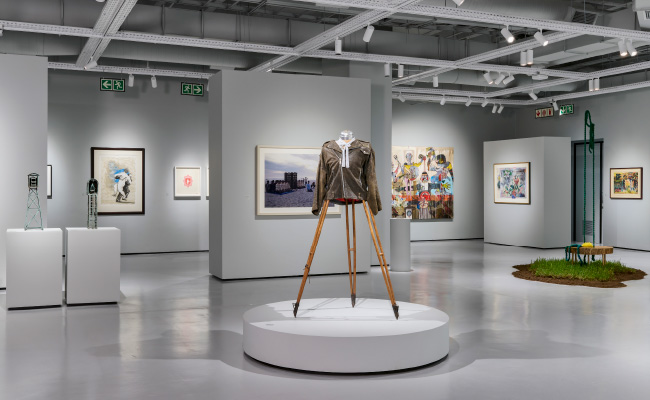
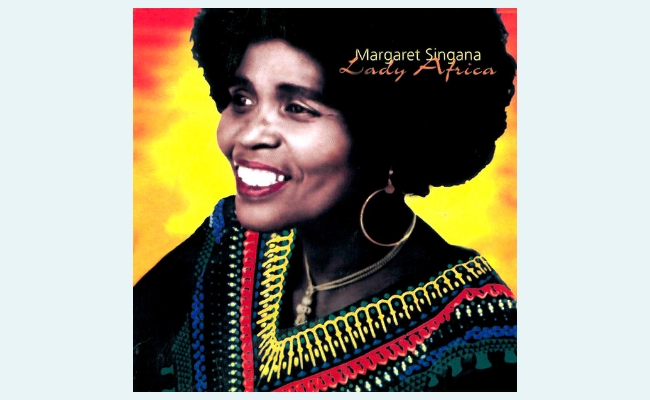

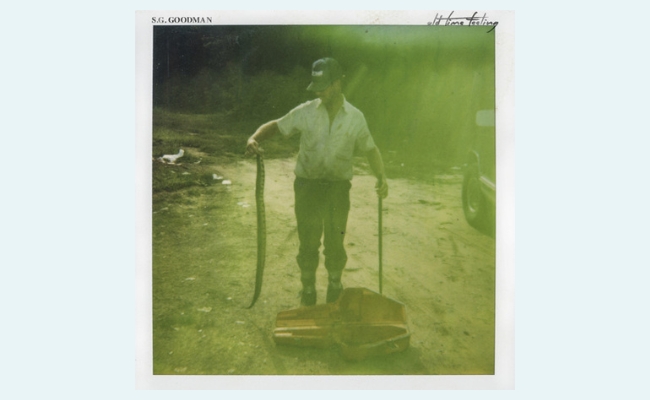
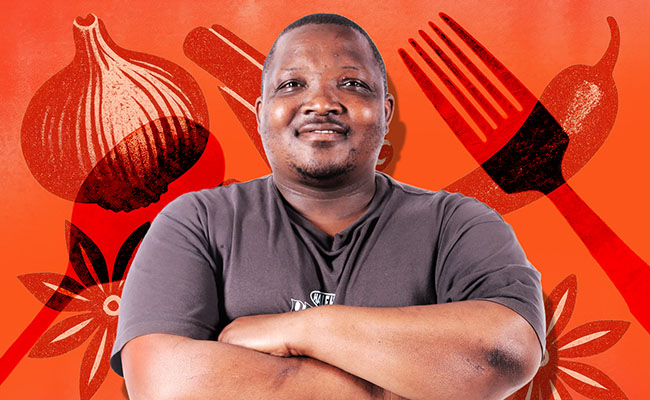



This is the worst piece of retro journalism I have ever seen..please refrain from allowing such garbage from a creature with a massive inferiority complex to take up the printed page of any publication. Fiction is fiction… handle it lady….
hmmm